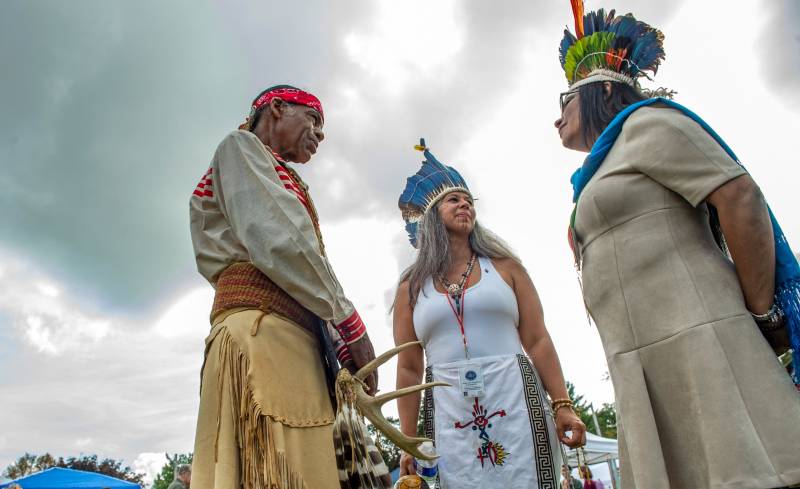Last month, Marie Wilcox of Woodlake, Calif., the last known fluent speaker of the indigenous language, Wukchumni, passed away. Before she died, she dedicated herself to preserving the language by putting together a Wukchumni dictionary and recording herself speaking. Similar efforts are underway across California, a state where some 100 indigenous languages were spoken before the arrival of Europeans. Many of those languages have disappeared entirely and some have only a few fluent speakers left. We talk about what it takes to save a language and the work of the California Language Archive at the University of California, Berkeley.
How Preserving Indigenous Languages Revitalizes California Culture, Identity and History

Guests:
Jennifer Malone, member of the Wukchumni tribe, her mother, Marie Wilcox, was once the only fluent speaker of Wukchumni and created a dictionary before she died in September of 2021. <br />
Phil Albers, Cultural Activities Coordinator, Karuk Tribe, northeastern Humboldt County<br />
Zachary O'Hagan, postdoctoral scholar, Department of Linguistics, and manager of the California Language Archive, University of California, Berkeley<br />
Quirina Luna Geary, board member, Advocates for Indigenous California Language Survival, an organization focused on preserving and restoring California Indian languages., She is of Mutsun and Ritocsi Ohlone heritage and is working on restoring the Mutsun language.